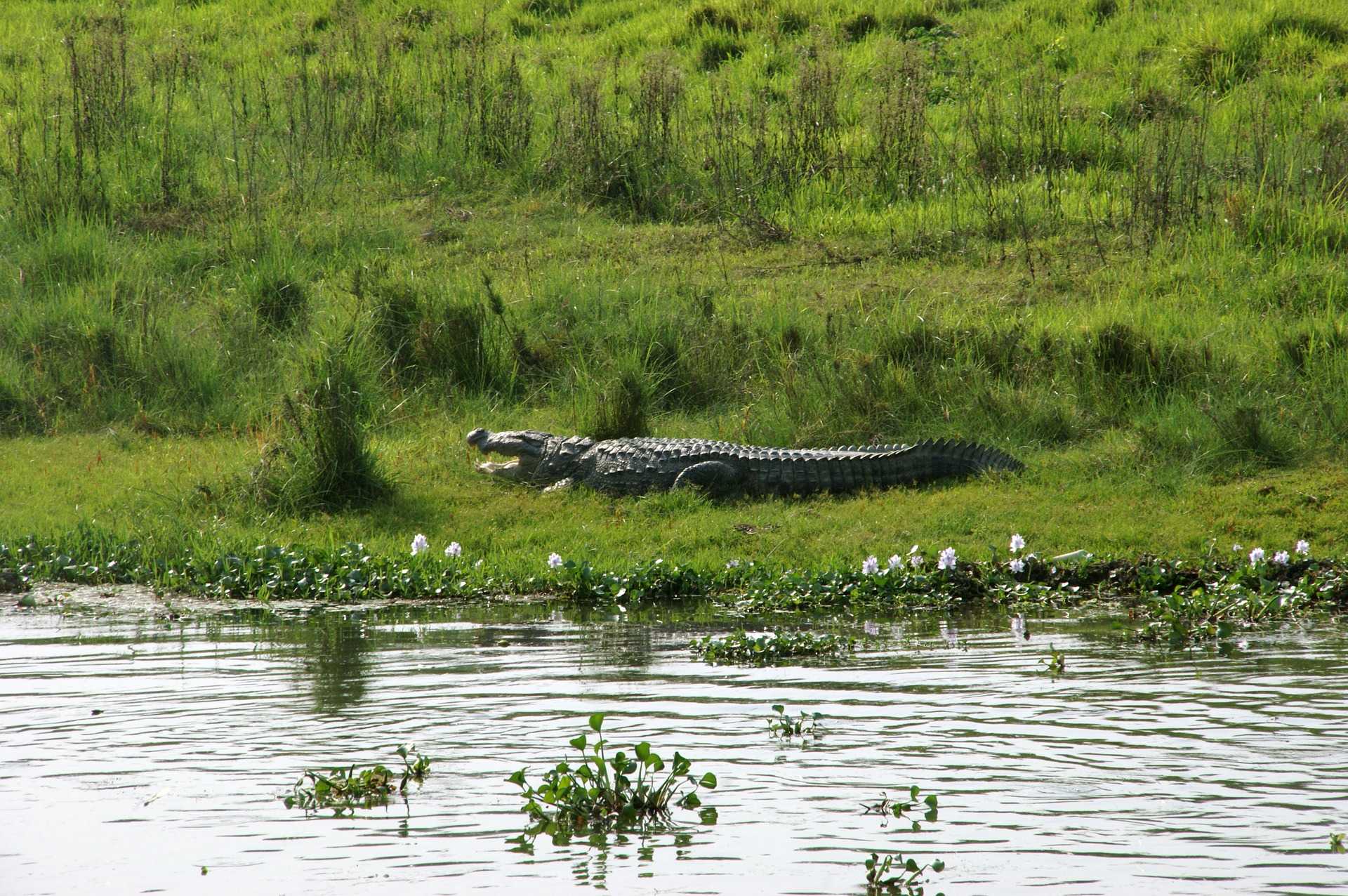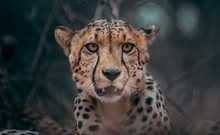Chitwan National Park 3-day extension
- Kandoo Safaris

Contact
our UK team

Early morning flight from Kathmandu to Bharatpur Airport and transfer to your lodge. You will have time to enjoy a spot of lunch before taking an afternoon village tour by ox cart to find out more about the local culture.
An elephant safari is an ideal opportunity to see some of Chitwan's larger animals such as deer, rhinoceros, wild boar, monkey, leopard and sloth bear. If you're really lucky, you may get to see the Royal Bengal Tiger -sightings are very rare so keep your eyes peeled. In the afternoon you will explore the Rapta River by canoe. Don't forget to take your binoculars to spot some of Chitwan's amazing birdlife and also the two rare species of crocodile: the Marsh Mugger and the fish-eating Gharial. You will complete the day by visiting the elephant breeding centre located within the park.
You spend your last day in Chitwan on a bird watching tour to discover some of the 450 different species that abound. Look out for kingfishers, blue-throats, long-tailed nightjars, lesser adjutant storks, brown crakes and brown fish owl -just a few of the famous birds found in Chitwan. Transfer to Bharatpur airport for onward flight to Kathmandu.
The general standard of driving
throughout Nepal is poor and badly regulated. Roads in Kathmandu are very
congested, many drivers are not properly licensed and vehicles are poorly
maintained. During the monsoon season (June to September) many roads outside
the Kathmandu valley are prone to landslides and may become impassable.
We insist on using a high standard of
vehicle and driver for all of our transfers. In Nepal it is not a legal
requirement to have seatbelts fitted in the back of vehicles, and while we try
to use vehicles that do have rear seatbelts fitted, this cannot always be
guaranteed. If you are unhappy about any aspect of the vehicle or the standard
of driving, please speak to the driver or our local office immediately.
If you are relying on a credit or debit card for emergency funds, make sure you tell your card issuer that you will be using it abroad, or you may find that it won't work when you really need it.
Want to ask us a question or book a private trip? Don't hesitate to contact us!
Contact us